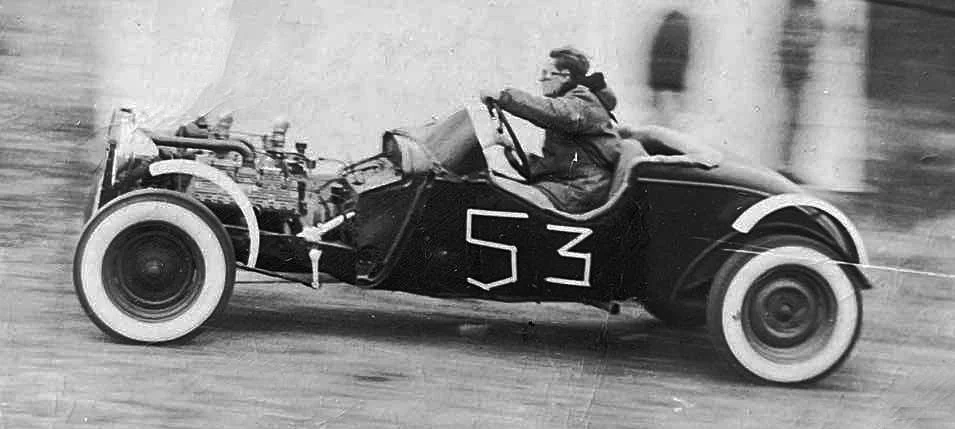Steve Monroe completed more than 300 paintings and drawings between the ages of 82 and 90, during what can only be described as an unencumbered explosion of productivity. Like Death Valley flowers after a rainstorm, the paintings emerged — colorful, provocative and courageous.
After more than 60 well-paced and steady years of artistic production, he hit a gusher. Life experience, newspaper headlines, the accumulated wisdom and skill of a painter’s life (and the energy to do it) fortuitously Venn-diagrammed and the output was massive: a cavalcade of canvases — funny, pithy, raw, honest, part Frans Hals, part Egon Schiele, more Robert Arneson than Rembrandt, more Reverend Finster than Basquiat, equal parts Walt Disney and R. Crumb.
The work of Steve Monroe during this period was so exuberant, so full of risk-taking and free of his past, that he painted under a pseudonym: Ira Wright. Ira Wright didn’t have to explain anything to anyone or follow any stifling trajectory. Ira Wright allowed Stephen B. Monroe to paint without precedent. Ira allowed Steve to paint like an outsider.
Only he wasn’t an outsider at all.
Born during the Great Depression in Kalamazoo, Michigan to a successful investment banker and a sharp-tongued socialite, Steve Monroe survived a midwestern upper middle class point of view. His parents shipped him off to Cranbrook boarding school as a smaller-than-average 15 year-old, but he got kicked out before the completion of his senior term. He graduated from Kalamazoo Central High School. Steve was, by all accounts, an adequate student who excelled at writing and using his hands to make things. He chose design as a career path to appease his father, attending University of Michigan from 1952-1956 and subsequently enrolled in Cranbrook Academy of Art, graduating with an MFA in Graphic Design in 1958.
After graduating, he was employed as a furniture builder for Ken
Isaacs, a welding assistant for Morris Brose, a moldmaker at a
bronze casting foundry, an industrial designer at Litton Industries, a
graphic designer and art director at Sequoia Press, and a painting
instructor at several colleges and art centers.
There’s a story that Steve frequently told. And he often said when
someone likes to tell the same story, there must be something important
in it — a lesson, a truth. Stories are mirrors.
It’s about the night he and his best friend Johnny stole a car and went on
a joyride. The car was plush, a convertible. The warm night was young and the stars were out. There was some reckless driving. Maybe some booze. They were caught. Steve was sent to boarding school. Or maybe it
happened while at boarding school and he was then kicked out.
It’s not clear and maybe it doesn’t matter. The car was definitely his mom’s
and he definitely had no regrets. It’s a great story regardless of the facts
because Steve breathed in that night air whenever he told it. There was the
bucking of convention, the risk of being caught, and the promise of the sublime. And the telling of the story. Because storytelling is what he did best. It was one of his driving inspirations for making art.
A difficult artist to pigeonhole, Steve Monroe was most in his element reflecting the rich mishmash of Michigan middle-class consumer culture: twisted takes on urban landscapes with möbius highways driven by infinite off-brand Cadillacs, faceless bank tellers trapped behind colorless counters holding unfinished cups of coffee, grid paintings with a Whitman’s Samplers’ worth of adult vices — hypodermic needles, jugs of moonshine, tv’s, and guns. He was freely alternating between real objects — car constructions of sheet metal and lumber (“Klugos”), bronze and mixed media characters with big heads and bigger hands, and object-oriented paintings that resonate with a Philip Guston-adjacent pathos and self-deprecation.
This cluttered noisy urban-scape culminated in the 1985 stop action film “Klugerville,” which featured his sculptures interacting in the clanking chaos of an exhaust-belching imaginary city. Filmed with a borrowed 16mm camera duct-taped to a roller skate, it can be viewed here.
In 1989, Steve moved to Galisteo, New Mexico and then to Santa Fe. He exchanged his paintbrush for a ballpoint pen and with it wrote about a dozen self-published novels, countless poems and an opera. The settings were familiar. Middle American houses in middle American towns featuring middle American stand-ins for the people in Steve’s life: mom, dad, dentist, wife, Santa. But the novel presents an opportunity to explore in reality as well as metaphor and, as such, there literally lived the familiar themes of inadequacy, disappointment and betrayal. Mickey Mouse didn’t just look hungover, he was actually on a two chapter bender. Many of the novels featured illustrations.
Then came an unyielding call to return to painting in order to explore issues of irrelevance, waning sex drive and the loudly ticking clock. Steve bought 10 pre-stretched canvases, opened a shoebox full of brushes and began the most inspired and honest adventure of his artistic life. He couldn’t paint fast enough. Motivated by his need to finish the story, he painted feverishly. In March of 2024, he completed his last painting, titled “We Speak Another Language,” in a wheelchair using brushes attached to long dowels.
Comprehending Steve’s work is like being stuck in the trash compactor with Luke Skywalker, awash in the iconic trappings of mid-century America —guns, cars, toasters, parking meters, big hair, big boobs, and Mickey Mouse—all slightly damaged, incrementally pressing up against you tighter and tighter.
Steve had both solo and group shows at several galleries in Chicago and Kalamazoo during the 1970s and 1980s. More recently, he exhibited at the Bareiss Gallery and The Wright Contemporary in Taos, New Mexico. His work can be found in the permanent collections of Western Michigan University, Kalamazoo College, The Kalamazoo Art Center and the private collection of Larry Bell.
Santa Fe, 2023
My eyes are greedy. I stare through layers of activity,
of ether, of weather, of light. I’m surrounded by the nervous and the hyper. Surrounded by beeps and dings. Clamor, clamor. Human desire. Longing.
I was astonished when I first saw the works of Ira Wright in the summer of 2019. Here was a true original whose bite and strangeness reminded me of artists like John D. Graham and Ralph Steadman or even James Ensor. You can call his work Art Brut. You can call him an Outsider Artist or self-taught. But like many with a commanding voice that seems too long suppressed, Ira Wright has a lot on his mind and what he has to say will probably spook you in the best possible way.
-- Ann Landi, editor of Vasari21.com and director of The Wright Contemporary
Steve in his hot rod Ford, circa 1952

